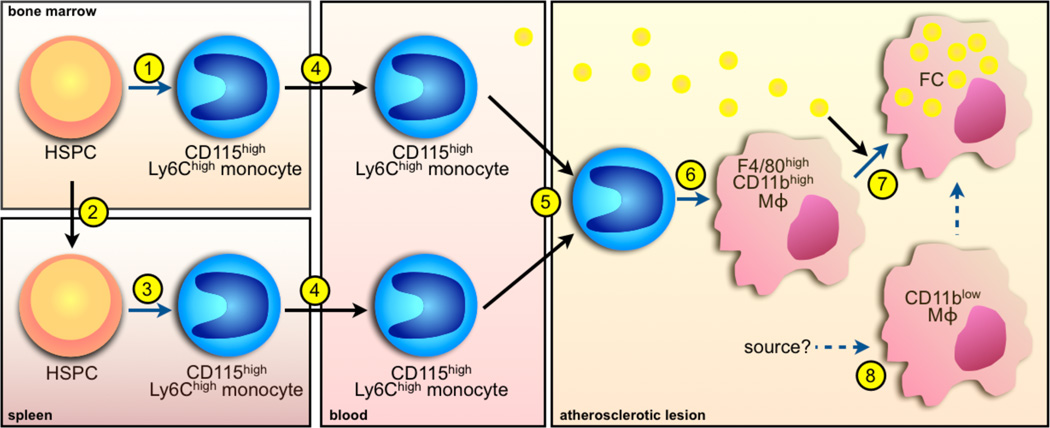Figure 1. A simple model of the macrophage lineage in atherosclerosis.
1. Hematopoietic stem and progenitor cells (HSPC) give rise to monocytes in the bone marrow, including the Ly-6Chighsubset. 2. During atherosclerosis, HSPC mobilize and seed secondary lymphoid organs such as the spleen. 3. In the spleen, HSPC give rise to monocytes in a process called extramedullary hematopoiesis. 4. Monocytes produced in the bone marrow and spleen enter the circulation. 5. Monocytes rely on various signals to enter the atherosclerotic lesion. 6. In the lesion, monocytes differentiate to macrophages. 7. Monocyte-derived macrophages ingest lipids and become lipidrich foam cells (FC). 8. There may also be monocyte-independent macrophages residing in the aorta that possibly contribute to FC formation. Black arrows depict cell or lipid movement whereas blue arrows depict differentiation.

